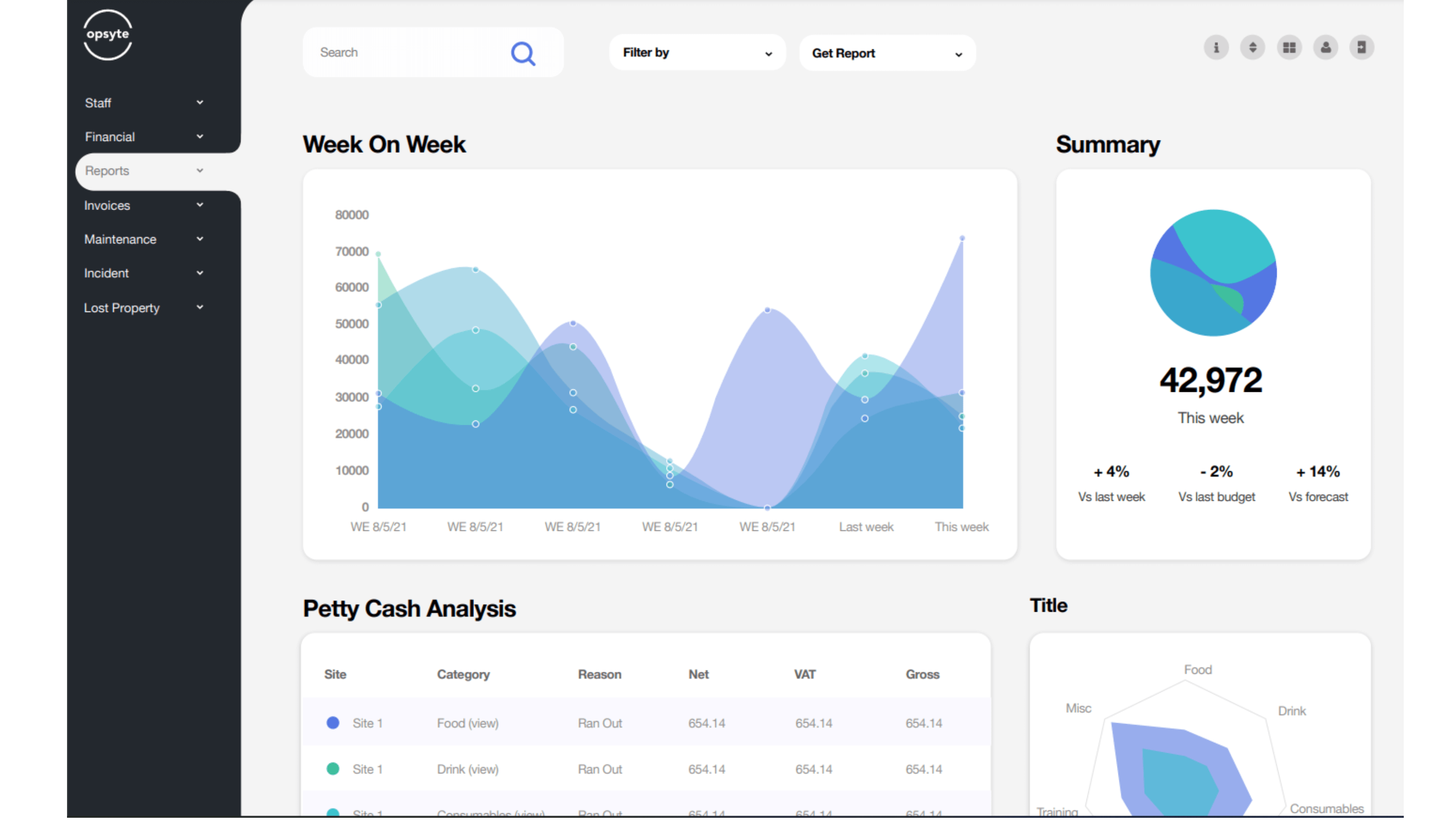In the competitive world of restaurants, where customer satisfaction and operational efficiency are paramount, the ability to make informed decisions is crucial. This is where effective reporting comes into play. By harnessing the power of data, restaurant owners and managers can gain valuable insights into their operations, identify trends, and make strategic decisions that drive success. In this blog, we’ll explore the importance of reporting in the restaurant industry and how it can transform your business.
1. The Role of Reporting in Restaurants
Reporting is more than just tracking sales; it’s about understanding your business on a deeper level. Through detailed reports, restaurant managers can monitor key performance indicators (KPIs), such as sales trends, table turnover rates, menu item popularity, and customer satisfaction scores. These insights allow you to:
- Identify Trends: Understand customer preferences, peak dining times, and seasonal patterns to optimise menu offerings and staffing.
- Make informed decisions: Use data to support decisions on pricing, inventory management, marketing strategies, and service improvements.
- Enhance Customer Experience: Tailor services and menu offerings based on customer feedback and behaviour to improve satisfaction and encourage repeat business.
2. Key Metrics to Track in Restaurants
To fully leverage reporting, it’s important to focus on the right metrics. Some of the most critical metrics for the restaurant industry include:
- Sales Per Hour: Measure the revenue generated per hour to identify peak times and optimise staffing and resources accordingly.
- Table Turnover Rate: Track how quickly tables are turned over during different meal periods to maximise seating capacity and improve service efficiency.
- Food Cost Percentage: Calculate the cost of food relative to total sales to ensure pricing strategies maintain profitability while remaining competitive.
- Menu Item Popularity: Identify which dishes are selling well and which are underperforming to optimise your menu and reduce waste.
- Customer Satisfaction Scores: Collected through surveys or online reviews, these scores help you measure the quality of your dining experience and service.
3. The benefits of automated reporting
Manual reporting can be time-consuming and prone to errors. Automated reporting systems offer several advantages that can streamline your restaurant’s operations and provide more accurate insights:
- Real-Time Data: Automated systems provide up-to-the-minute data, allowing you to make timely decisions.
- Customisable Reports: Tailor reports to focus on the metrics that matter most to your restaurant, whether it’s sales performance, inventory levels, or customer feedback.
- Improved Accuracy: Reduce the risk of human error with automated data collection and processing.
- Time Savings: Free up valuable time for your staff by automating routine reporting tasks, allowing them to focus on customer service and kitchen efficiency.
4. Using reporting to improve operational efficiency
Reporting is not just about tracking financial performance; it’s also a powerful tool for improving operational efficiency. By analysing data from various aspects of your restaurant, you can identify areas where processes can be streamlined or resources can be better allocated. For example:
- Inventory Management: Monitor inventory levels in real-time to avoid overstocking or running out of key ingredients, reducing waste and saving money.
- Kitchen Efficiency: Track preparation and cooking times to identify bottlenecks in the kitchen and implement process improvements.
- Staff Scheduling: Analyse peak times and customer flow to ensure you have the right number of staff on hand to maintain service quality without overstaffing.
5. Leveraging Customer Feedback for Continuous Improvement
Customer feedback is a gold mine of information for restaurants. Detailed reports on customer satisfaction can help you:
- Identify Pain Points: Spot recurring complaints or issues that need immediate attention, such as slow service or underwhelming dishes.
- Recognise Successes: Highlight areas where your restaurant excels, allowing you to reinforce these strengths in your marketing and operations.
- Tailor Menu Offerings: Use feedback to customise your menu based on what customers love, enhancing their overall dining experience.
6. The Future of Reporting in Restaurants
As technology continues to evolve, so does the potential for more advanced reporting in the restaurant industry. Emerging trends include:
- Predictive Analytics: Using historical data to forecast future trends, such as customer demand, ingredient costs, and sales projections.
- Artificial Intelligence (AI): AI-powered tools can analyse vast amounts of data quickly, offering deeper insights and more accurate predictions.
- Integrated Systems: Future reporting tools will likely integrate data from multiple sources, including point-of-sale (POS) systems, customer relationship management (CRM) software, and social media, providing a comprehensive view of your restaurant’s performance.
Final Thoughts
In the restaurant industry, where every decision can impact customer satisfaction and profitability, effective reporting is essential. By focussing on the right metrics, leveraging automated systems, and continuously analysing customer feedback, you can transform data into actionable insights that drive your business forward.


